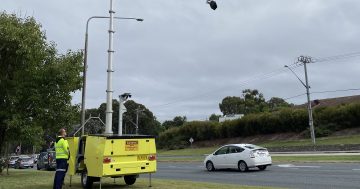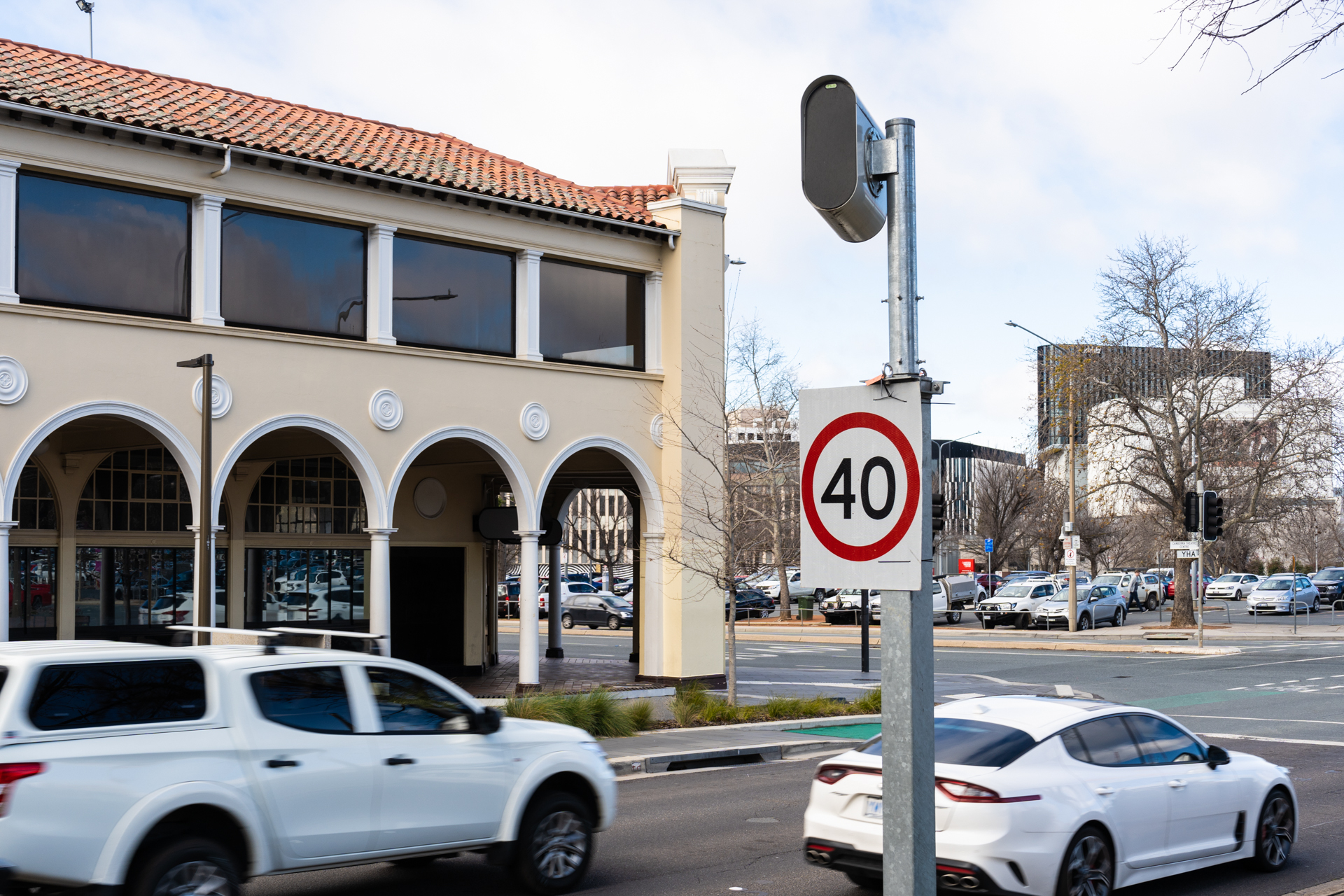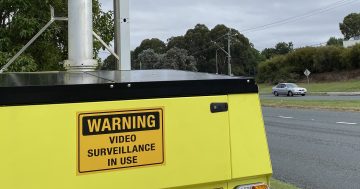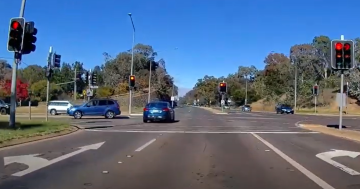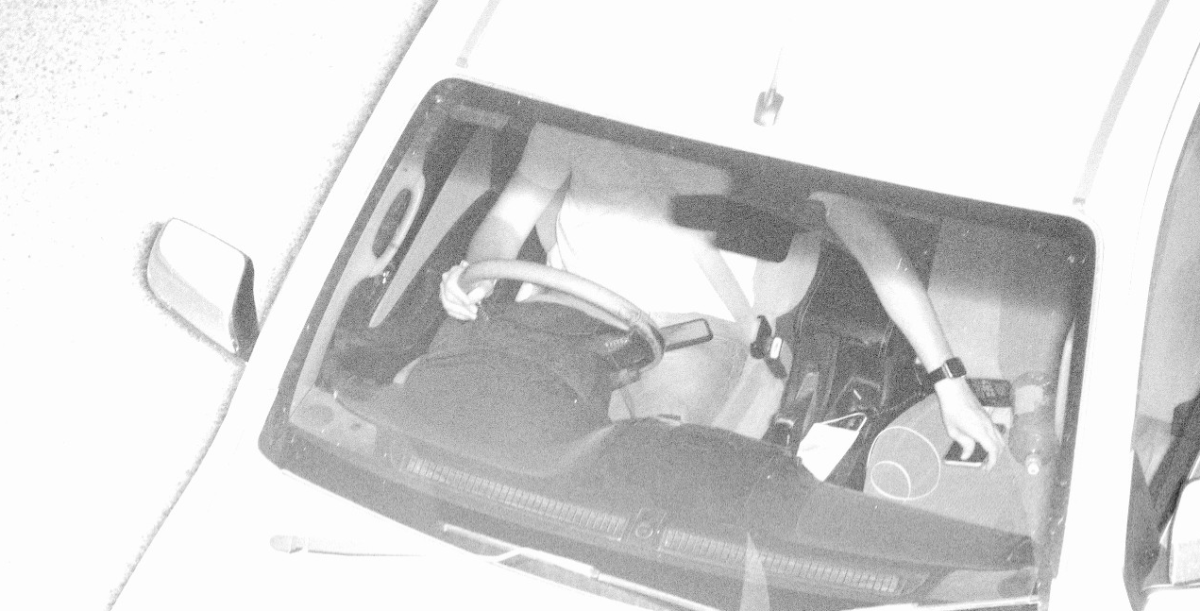
Detection cameras have picked up more than 56,000 mobile offences while driving since their introduction in February 2023. Photo: TCCS.
Motorists have been urged to make sure they know – and abide by – the road rules after an average of 225 offences were picked up by mobile detection cameras each day in Canberra.
Three transportable devices were turned on in February 2023, and the first fixed camera came online on Hindmarsh Drive, Symonston, in June. A new fixed camera on Gungahlin Drive (near the Barton Highway overpass) was booted up on 25 November 2023.
There have been more than 56,000 detections since the testing phase began in February, which equates to 175 people being caught on their phones daily by the cameras.
Infringements and demerit points for offences detected by the cameras will begin next month, and drivers have been warned that now’s the time to make sure the ACT’s mobile device road rules are fully understood.
“Drivers cannot have a mobile device resting on, or kept in place by, any part of their body such as their lap or leg, tucked between their leg and the seat, between their shoulder and ear, or an item on their lap,” Transport Canberra and City Services strategic policy and programs executive branch manager Kirra Cox said.
“While a vehicle is moving or stationary, such as being stopped at traffic lights, the driver cannot use a mobile device.
“They cannot hold the device or operate any function of the device, including for video calling, texting, emailing, social media, web browsing or photography.”
Despite being turned on less than three months ago, the Gungahlin Drive camera has the highest number of daily detections of people using phones when driving.
It’s picked up 6288 offences, equating to an average of 161 daily detections.
The Hindmarsh Drive, Symonston, camera has the most detections overall, recording 20,822 offences since it was switched on in June.
The moveable cameras have also been pulling their weight. Locations on the Tuggeranong Parkway (Molonglo Valley) and Parkes Way (Acton) both average about 55 detections each day.
So far, busted drivers have been able to avoid financial punishment after the fine commencement date was shifted from October 2023 to this year.
Fines include:
- Using the device for messaging, social networking, accessing apps or the internet – $632 and 4 demerit points.
- Using or holding the device for any other reason – $514 and 3 demerit points.
Plans are also in the works for the cameras to pick up other offences such as speeding, people not wearing seatbelts and unregistered vehicles.
Taking your eyes off the road for more than two seconds doubles the risk of a crash and mobile phones are often the source of distraction for people operating a vehicle.
There are several ways to ensure you don’t get pinged by the mobile detection cameras.
“The first thing people should do before starting a drive is ensure their device is in a safe spot to avoid any distractions. If you don’t need your device for navigation or audio purposes, then we suggest leaving it in the glovebox or your bag,” Ms Cox said.
“The other allowed option is to place your mobile device in a secured mounting attached to the car such as a mobile phone holder or to connect your device to the car via Bluetooth (such as Apple CarPlay or Android Auto).”
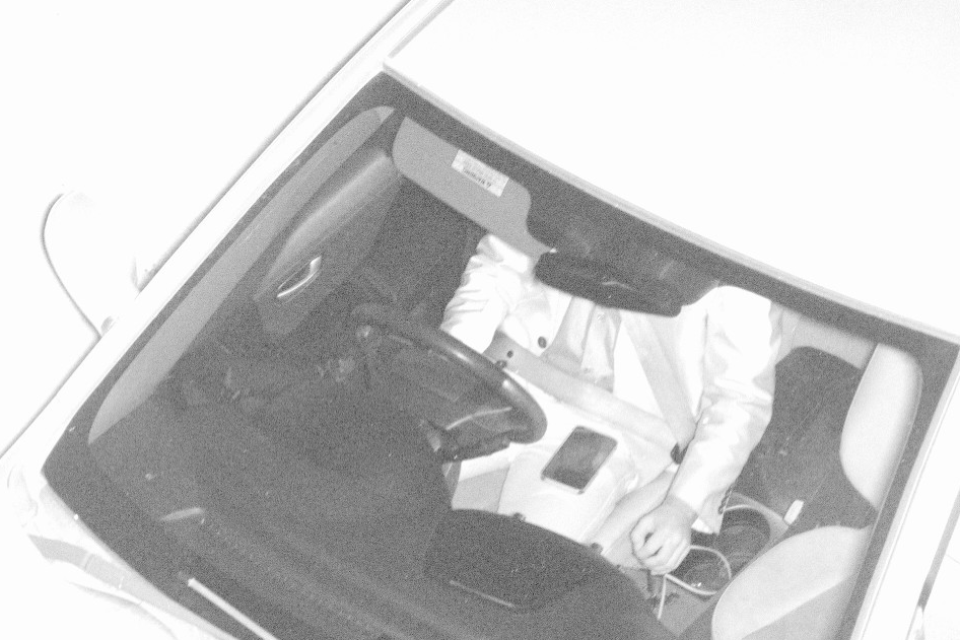
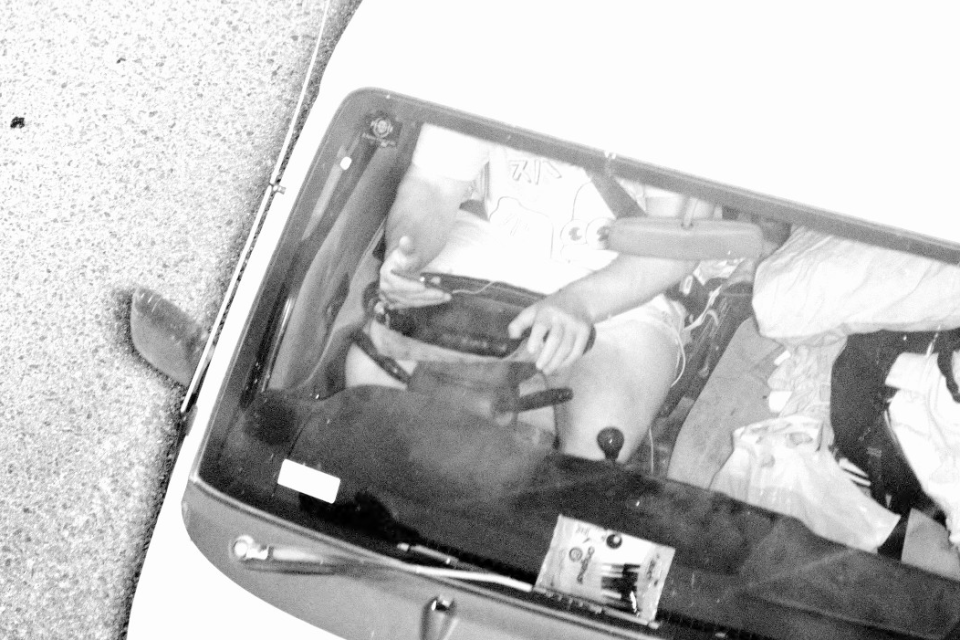
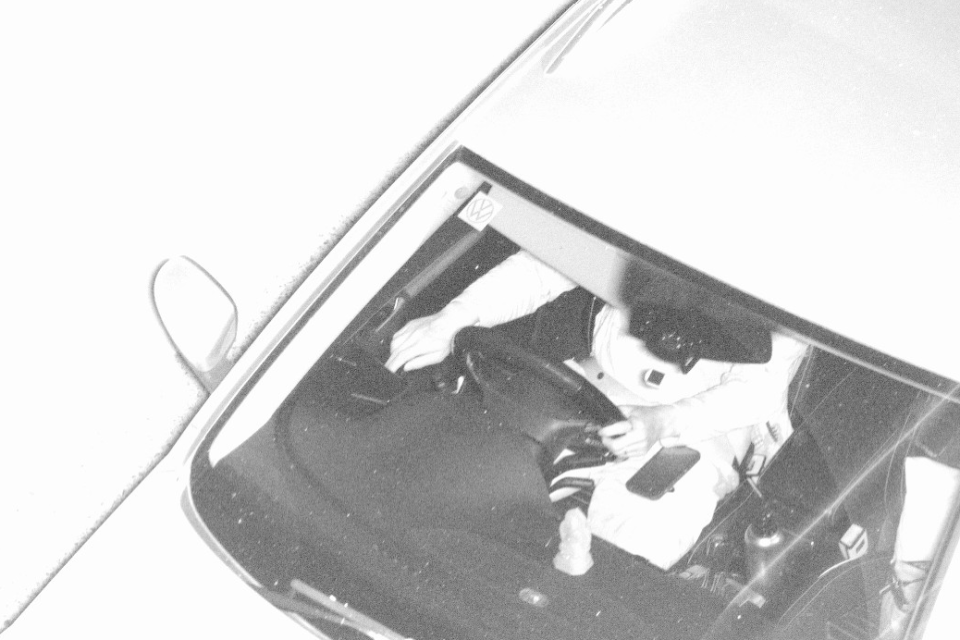

Drivers have been reminded to set up GPS instructions and music playlists before driving as it’s an offence to touch your device to skip or change songs and the navigation settings while driving.
“Provided the mobile device is securely stored in a mounting attached to the car, a fully licensed driver can touch the device to make or receive audio calls,” Ms Cox said.
“If the device is connected via Bluetooth, they can also use the steering wheel controls, voice command, or in-car display screens to make or receive audio calls.”
Learner and provisional licensed drivers are not allowed to use a vehicle’s voice command functions to change GPS or music settings.
Handheld phones can be used if the vehicle is in park.
More information about the ACT’s mobile device road rules – including specific advice for taxi, rideshare and hire car drivers – can be found through City Services.
Original Article published by Claire Fenwicke on Riotact.




